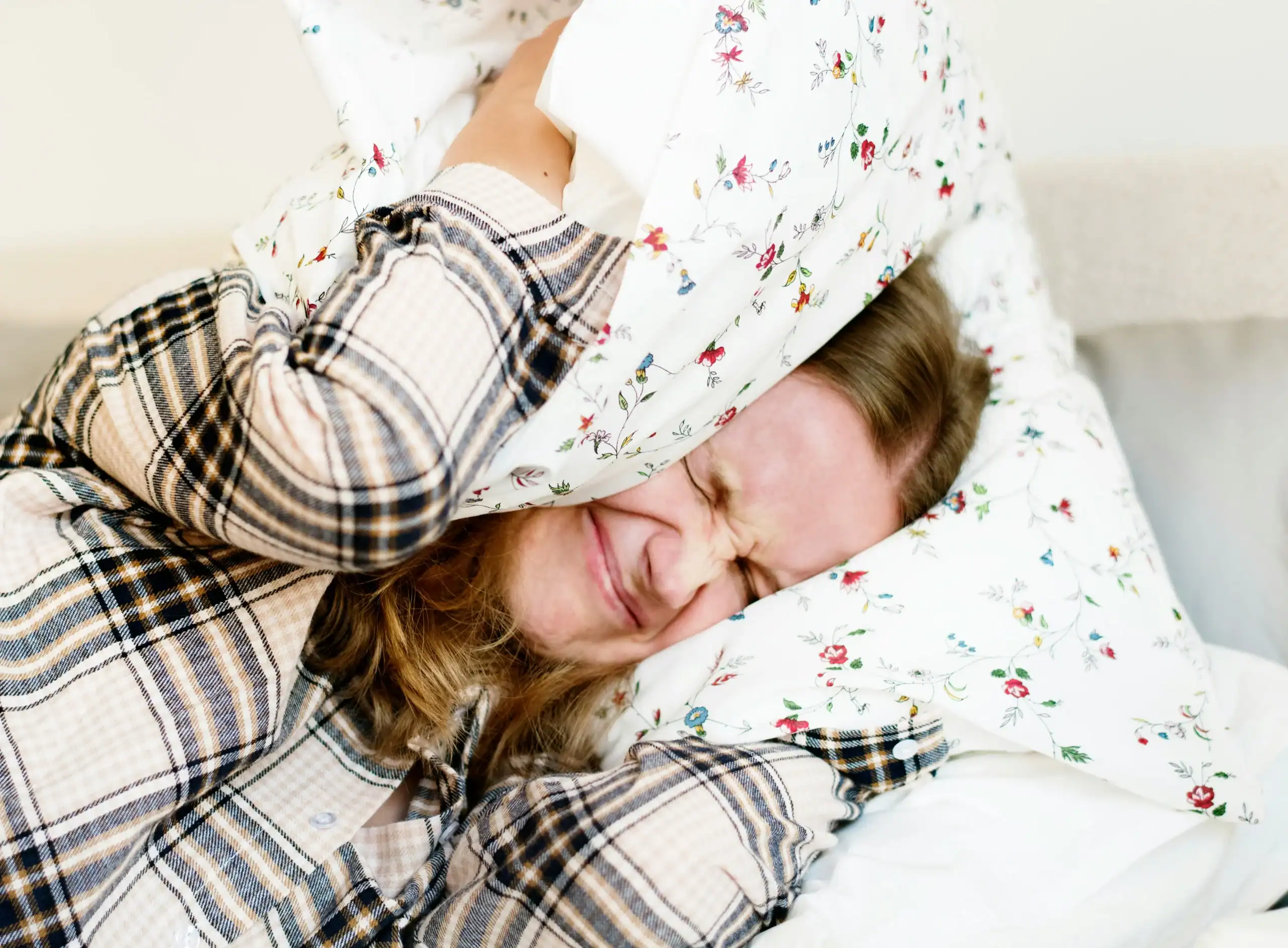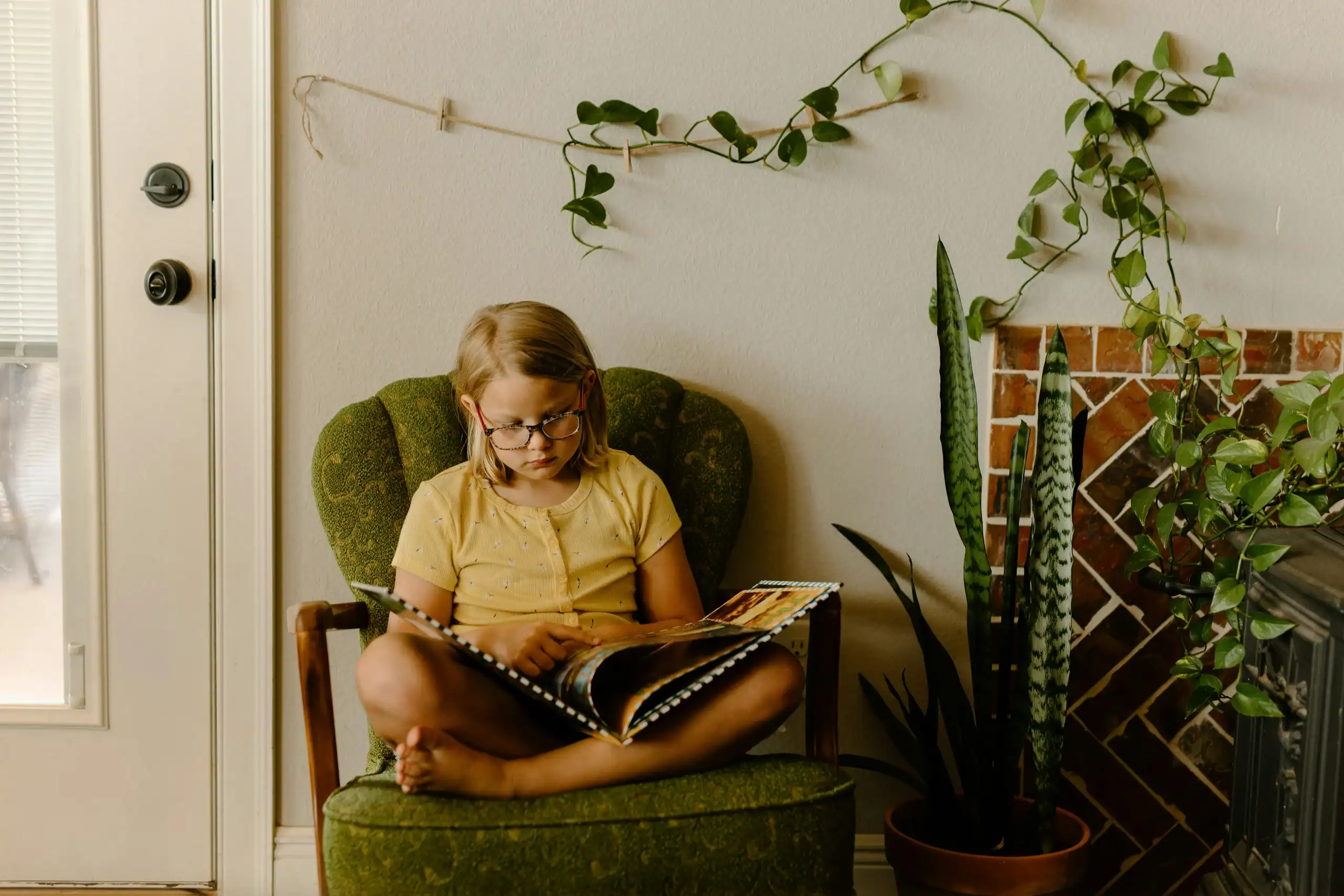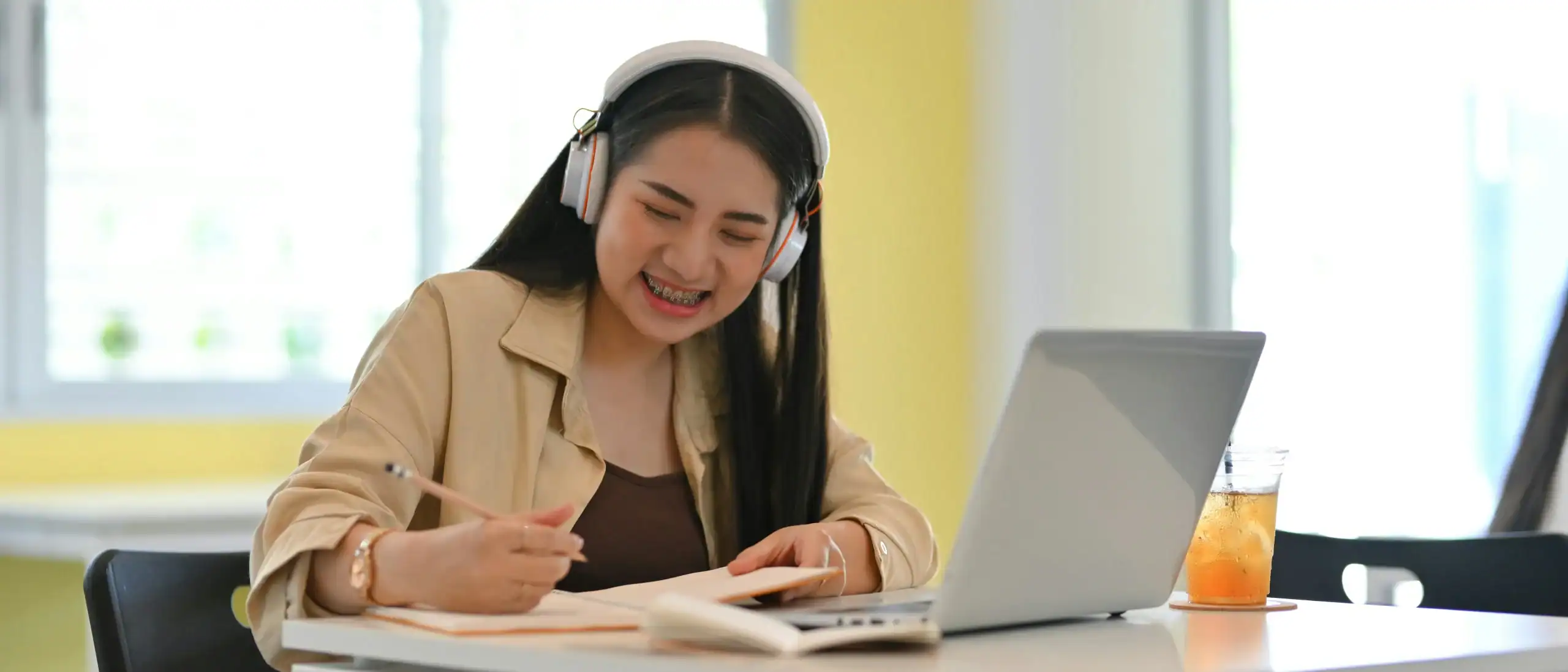Autism sound sensitivity can make noisy places like malls, classrooms, or family gatherings feel overwhelming and upsetting for children. What may seem like an ordinary background noise to others, like a blender, vacuum, or crowd, can trigger real distress. This challenge isn’t about overreacting; it’s about how their brain manages sound input in a different way.
Individuals with autism often experience sensory processing differences, including heightened sound sensitivity, due to neurological factors such as altered neural connectivity and sensory gating dysfunction. In this guide, we’ll share 7 simple tips to help your child feel calmer in noisy or unpredictable places.
Try noise canceling headphones, soft music, or visual timers to ease stress. Create quiet spaces at home and prepare your child for sounds ahead of time. These small routines can build confidence and comfort day by day.
Review our services to explore some of our personalized solutions for your special needs family.
Table of contents:
- Understanding Autism Sound Sensitivity
- Tip 1: Use Noise Cancelling Headphones for Autism
- Tip 2: Create Quiet, Safe Spaces at Home and School
- Tip 3: Gradually Desensitize to Triggering Sounds
- Tip 4: Modify the Environment to Reduce Noise Levels
- Tip 5: Teach Emotional Coping Strategies and Self-Advocacy
- Tip 6: Try Therapy Options
- Tip 7: Seek Professional Support for Personalized

Understanding Autism Sound Sensitivity
Autism and sensitivity to sounds can make life stressful for kids, especially in loud places. Sounds like sirens, vacuums, or voices may feel painful. This isn’t dramatic; it’s how their brain handles sound. When parents understand this, they can stay calm, offer comfort, and create quieter spaces for their child.
Sensory Processing and Sound Perception in Autism
Children with autism process sounds differently due to how their brains filter sensory input. What’s soft to others may feel intense, unpredictable, or even painful. This often leads to stress, meltdowns, or a strong need to escape.
Common Signs of Sound Sensitivity
Children might cover their ears, cry, or freeze when they hear loud or high-pitched sounds. Some avoid noisy places like bathrooms, gyms, or cafeterias. These behaviors are signs that sound feels overwhelming, not that your child is misbehaving.

Tip 1: Use Noise Cancelling Headphones for Autism
Kids with high-functioning autism and sound sensitivity often feel stressed in noisy places. Loud sounds like alarms, crowds, or even flushing toilets can be too much. This sensitivity isn’t a behavior problem; it’s how their brain reacts to sound. Knowing this can help parents prepare and prevent sensory overload before it starts.
Noise cancelling headphones for autism help block out loud or sudden sounds that bother your child. They’re great for school, errands, or travel. Regular use helps your child stay calm, focused, and feel more in control.
Visit our learning post on high functioning autism symptoms to support your child's unique needs better.
Tip 2: Create Quiet, Safe Spaces at Home and School
Children with autism often need a calm space to feel safe and in control. Sensory overload autism examples include covering ears, hiding, or having meltdowns in noisy or bright areas. A quiet corner with soft lights, pillows, or headphones can help them reset. Creating this space at home or school gives your child a place to rest when things feel too overwhelming.
Designing a Calming Environment
Choose a quiet area away from noise and distractions your child can go to anytime. Add soft textures, dim lights, and comfort items they enjoy. This calming setup gives them a safe place to relax and recharge.

Guide for Writing a Letter of Intent for Families with Special Needs
This guide provides you with essential tips for crafting a Letter of Intent. Perfect for families navigating the complexities of planning for a special needs future.
Tip 3: Gradually Desensitize to Triggering Sounds
Some children feel scared or upset by sudden or loud noises like sirens or alarms. Sensory overload autism examples include crying, covering ears, or shutting down in noisy places. Slowly introducing these sounds in short, calm settings can help build comfort over time.
Pairing sound with something safe, like a favorite toy or activity, makes the process easier and less stressful.
How Desensitization Therapy Works
This therapy starts with soft, manageable sounds and increases slowly over time. Pairing sounds with calming activities helps build trust and comfort. It’s a slow, steady process that helps your child face triggers with less fear.
Want to learn more about real-life strategies? Visit Blogs for Special Needs Families for helpful articles and advice.
Tip 4: Modify the Environment to Reduce Noise Levels
Loud sounds often cause sensory overload symptoms autism families deal with every day. Turn off TVs or noisy appliances when your child feels overwhelmed. Add rugs, curtains, or cushions to help absorb sound. These small changes can lower stress and prevent meltdowns.
Creating sensory friendly environments gives your child a calm, predictable space. Use soft lighting and fill the area with familiar, comforting items. Keep this spot away from loud or high-traffic parts of the home. A quiet place helps your child feel safe and more in control.

Tip 5: Teach Emotional Coping Strategies and Self-Advocacy
Help your child name their feelings using simple words or pictures. Practice calming skills like deep breathing or squeezing a stress ball. Use real-life moments to model healthy emotional reactions. These steps help your child feel heard, safe, and supported.
Sensory friendly environments make it easier for your child to practice self-advocacy. Set up calm spaces with visuals and comfort items nearby. Teach them to say “too loud” or “I need a break.” Over time, they’ll learn how to ask for what they need.
We invite you to read one of our amazing posts called emotional dysregulation in autism Hope you like it!
Tip 6: Try Therapy Options
Therapy can be helpful for kids struggling with autism and sensitivity to sounds. Occupational and sensory therapies are designed to reduce sensory overload symptoms autism families often face daily. These sessions teach calming strategies and help kids feel more comfortable with everyday noise.
Working with trained professionals can build your child’s confidence and give you tools that make home and school life more manageable.
Occupational Therapy
These groups often hold regular meetings, provide resources, and organize social events. They can be an excellent platform for parents and caregivers to share experiences and advice.
Sensory Integration Therapy
This therapy gently exposes kids to sounds, textures, and movements in a structured setting. Over time, it helps their brains handle input better without feeling overwhelmed. Many families see improvements in mood, focus, and flexibility.
Tip 7: Seek Professional Support for Personalized Interventions
Children with high-functioning autism and sound sensitivity may need extra help in busy or noisy settings. Professionals can create a plan tailored to your child’s needs. This support may include sound exposure strategies, calming routines, or school accommodations. Personalized help builds confidence and makes everyday challenges easier to manage.
Reach out to therapists, school teams, or professionals who understand sensory needs. They can offer tools that fit your child’s daily routines. With the right support, your child can feel more prepared, calm, and supported every day.
Have questions or just need someone to talk to? Reach out to us, we’re here for you every step of the way.
Key Takeaway:
- Sound Sensitivity in Autism Is Real
Kids with autism don’t just dislike noise. Their brains process sound in a way that feels intense or painful. Understanding this helps you respond with patience and support.
- Small Tools Help in Big Ways
Simple things like noise canceling headphones or visual timers help calm your child. These tools give them control in stressful moments. Daily use builds comfort and confidence. - Create Calm Spaces They Can Trust
A quiet corner with soft lighting and familiar items helps during tough times. This space gives your child somewhere safe to reset. It’s one of the easiest ways to support them.
